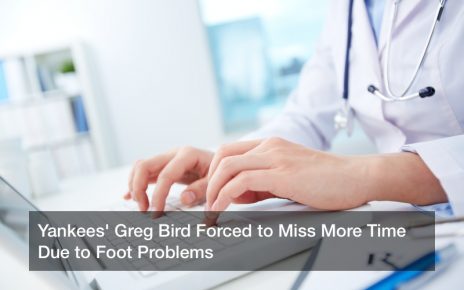

The millennial generation is having a positive impact on the healthcare industry, but their cost-consciousness could have negative personal health consequences. According to Forbes, the millennial generation’s desire for transparency, rapid delivery, and convenience has caused a positive shift in the healthcare industry’s efficiency and customer service.
The millennial generation, made up of 75 million Americans between the ages of 24 and 38, are soon to overtake baby boomers as the nation’s largest age demographic. Having grown up during both the digital revolution and the Great Recession, millennials have different expectations of the healthcare industry, which has had major implications for healthcare providers.
Millennials expect healthcare providers to be more efficient and to provide greater customer service. However, they also expect healthcare to be expensive which is reflected in the growing tendency of many Americans to avoid or delay care.
Approximately 44% of patients decided not to receive necessary medical care in 2018 due to the cost, according to a West Health survey. Many Americans are concerned with the growing cost of healthcare insurance and high patient deductibles. Up to 100% of medical and long-term care insurance premiums are deductible from gross income.
One study by Becker’s Healthcare found that 64% of patients, rather than the 44% of those recorded by West Health, have avoided receiving healthcare this year.
High premiums and medical costs are also why millennials are abandoning the office-based primary care model. A patient survey conducted by the Kaiser Family Foundation found that there was a significant difference between age groups when it came to PCPs.
Approximately 45% of patients between the ages of 18 and 29 had no primary-care provider compared to the 28% of those between the ages of 30 and 29. Only 18% of those 50 to 64 and 12% of those 65 and older had no primary-care provider.
Avoiding medical care because of costs may be one of the reasons why millennials have been turning to wellness programs and healthier diets. The global wellness industry is currently worth $3.7 trillion.
Millennials are also more likely to eat organic foods and healthier proteins such as chicken, which is the number one protein consumed in the United States.
These changes in wellness and diet are beneficial considering the Kaiser Family Foundation also found that children between the ages of 8 and 18 spend up to 4.5 hours a day watching TV or online content. Yet, these beneficial changes aren’t enough to replace regular medical care.
Millennials’ avoidance of PCPs and shift toward urgent care centers has created a problem for traditional health systems who are unsure of how to retain patient relationships and revenue. In 2018, there were an estimated 2,800 retail medical clinics in the United States.
Some healthcare providers have embraced the need for greater care convenience by incorporating urgent care centers into their practices. Other providers are exploring doctor visits by video conference.
“Many young adults are turning to a fast-growing constellation of alternatives: retail clinics carved out of drugstores or big box retail outlets; free-standing urgent care centers that tout evening and weekend hours; and online telemedicine sites that offer virtual visits without having to leave home,” said Sandra Boodman with the Washington Post.
“Unlike doctors’ offices,” Boodman said, “where charges are often opaque and disclosed only after services are rendered, many clinics and telemedicine sites post their prices.”
It’s safe to say that healthcare providers will need to embrace the new reality of the healthcare industry as patients become more dependent on fast, convenient, and affordable healthcare when they need it most.
Forbes recommends that healthcare providers choose models that are patient-centered, financially efficient, personal, and smart about tech solutions. Competitors that offer patients low-cost and innovative medical care delivery models are on the rise.



